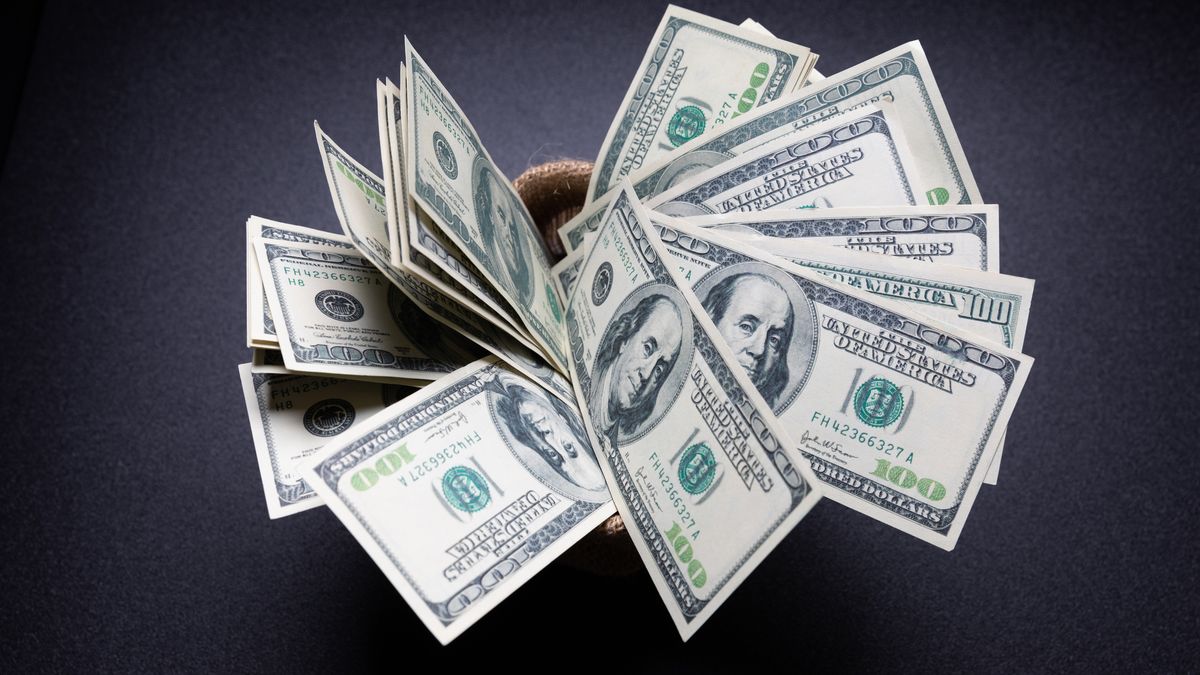Just a few weeks ago we were trying to explain the reason for the fall of the free dollars (MEP dollar, counted with liqui and blue) in a context of strong inflationary acceleration. Today we are on the opposite path, trying to find the arguments that justify the strong reversal of the US currency.
From April 18 to date, the free currency, measured by the Cash with Settlement of Argentine bonds, experienced a rise of 13.4%.
Is there any explanation for this? Yes. Here are some of these causes:
Explaining the very short-term situation
In first placethe exogenous shock. April is being another month of strong pressure on global markets with growing risk aversion. The great uncertainty generated by the Russia-Ukraine conflict, growing inflationary pressure and a sharp slowdown in the Chinese economy they are putting together a dangerous cocktail for investors to digest.
Under this context, the United States Federal Reserve is preparing to be more aggressive in adjusting its monetary policy (raising interest rates and withdrawing dollars from the financial system), generating the so-called “flight to quality”. An important part of the investors disarms more risky positions in other currencies to take refuge in the dollar. Thus there was pressure on Latin American currencies from which the Argentine peso could not escape immunity.
In second termthe endogenous shock. Although the inflation data for March of 6.7% had been really worrying, investors tried to see the glass “half full”positioning itself in a carry for the financial assets adjusted by the CER. This implied disarming positions in dollars and putting the pesos to work at the same speed as inflation. Nevertheless, the strategy found its limit in the first inflation measurements in April made by private consultants. A more aggressive slowdown in the rise in the general level of prices was thought, but reality shows otherwise: the inflationary floor “would seem” to be 6% per month, increasing the risk of de-anchoring expectations and generating more investment risks. A) Yes, many chose to leave the carry aside.
In third placethe doubt of sustainability. We have almost passed the first month of the quarter with the highest seasonality in terms of supply of dollars in Argentina. The liquidation of the dollars from the exports of the thick harvest of the field should be a relief for the coffers of the Central Bank of the Argentine Republic and its objective of accumulating international reserves. Nevertheless, At the moment the monetary authority has almost a zero balance in the dollars accumulated so far this year. This occurs even in a context where restrictions on imports persist. The existential question is, then, Will the BCRA be able to meet the reserve accumulation goal agreed with the IMF? Without that “cushion” of dollars, managing exchange rate policy and expectations about the currency will become too difficult to overcome.
While is true that In historical terms, the free dollar is not “cheap”, inflationary inertia and the limited supply on the market are sufficient elements to maintain upside momentum beyond magnitude.
Ultimately, right now we find more buyers than sellers of dollars. In one way or another, despite the fact that we often ignore it, the dollar is always in the unconscious of each investor.
Head of Research & Strategy at Inviu
Source: Ambito




